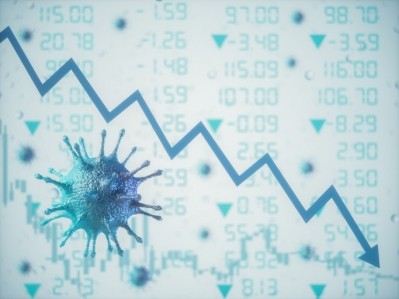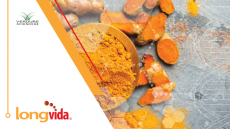Climate issues compounding botanical supply chain issues
“The [botanical] supply chain issue in China has been getting greater,” Sam Zhang from Huisong Pharmaceuticals told NutraIngredients-USA at the recent Expo West show in Anaheim CA. “There are a lot less younger people willing to work on the farms for cultivation and less younger people willing to do the manual labor for processing and sorting. That, along with inflation and rising energy costs in China has made the supply chain issue much more difficult.”
Zheng added that a number of botanicals have reported price increases this year, including ginseng, bilberry, stevia leaf, and quercetin.
“A Chinese herb like Rehmannia, because of natural disasters and speculation, prices for that have increased five-fold. Another Chinese medicinal herb is forsythia, and that one, because of changing climate the frost kills the flowers in spring time so there’s less fruiting, and therefore less output.”
Tarun Prajapati from Cultivator Natural Products Pvt. Ltd. voiced similar concerns from India.
“We have all passed through the COVID situation,” he said. “And the worst situation was faced by the supply chain because the transit time was talking two months, three months, four months, and sometimes we never know… So every company has to be their own stocking system.”
Prajapati added that the impact of climate change, from increased flooding or droughts, is putting more pressure on many botanicals.
“This year, the amla fruit harvest is only 50% because of the climate change,” he said.
“There’s a lot of products that are getting very bad because of the climate change issues, so we are thinking about how to make it more sustainable. We’re tracing out how we can do [grow] the same medicinal plants in different geographical conditions so the entire supply chain isn’t affected even more,” he said. “So, if one place has a drought, another part can feed the continuous supply chain.”















